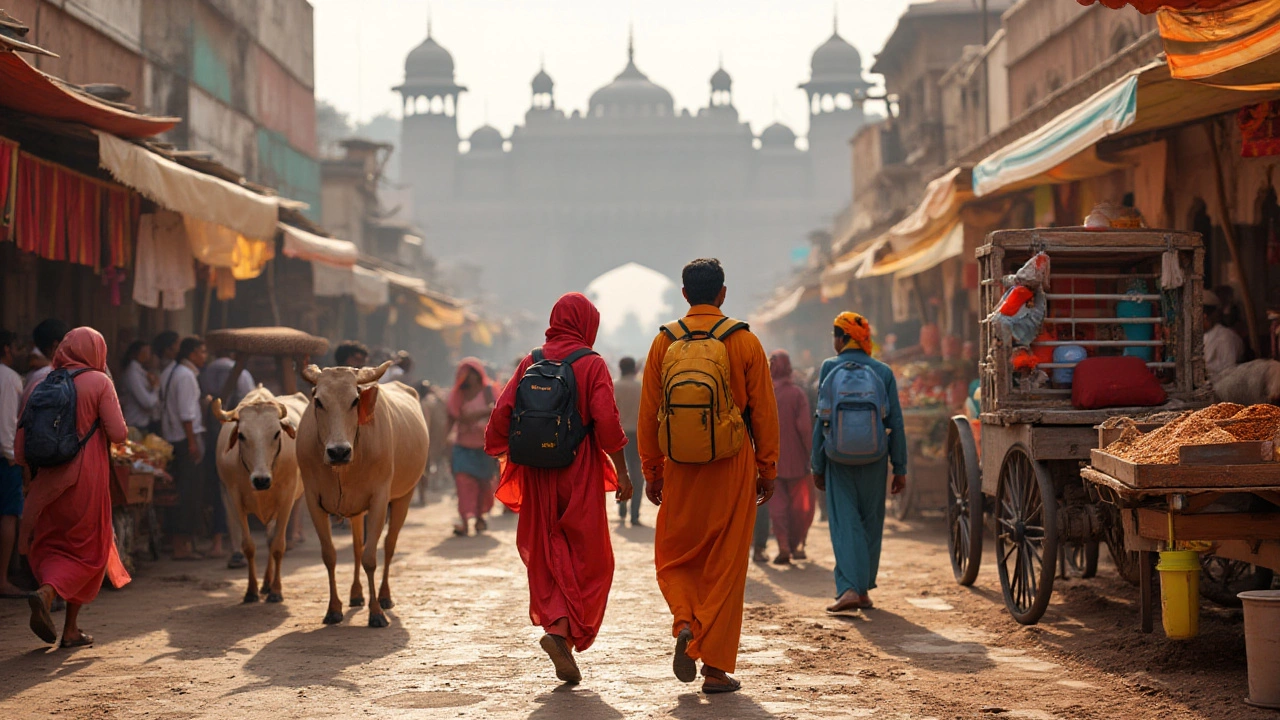India Travel Safety: Essential Tips for Staying Safe on the Road
When you think about India travel safety, the real concerns aren’t just about crime or politics—they’re about food, health, navigation, and cultural respect. Also known as safe travel in India, it’s less about fear and more about knowing what to watch for, where to be careful, and how to enjoy the country without stress. Millions visit India every year and come home healthy, happy, and full of stories—not because they got lucky, but because they followed simple, proven rules.
One of the biggest risks isn’t a dangerous street or a shady taxi—it’s food safety in India, how you choose what to eat and drink. Also known as Indian street food safety, it’s not about avoiding street vendors altogether, but knowing which ones look clean, which drinks to skip, and how to spot fresh ingredients. Then there’s India health tips, the vaccines you actually need, the mosquito repellent that works, and what to do if you get sick. Also known as travel health India, this isn’t about over-preparing—it’s about packing the right basics: oral rehydration salts, hand sanitizer, and a simple first-aid kit. And if you’re heading into the hills for a trek, trekking safety India, means hiring a local guide, checking weather alerts, and never going alone on remote trails like Roopkund or Markha Valley. Also known as Himalayan trekking safety, this isn’t just advice—it’s what keeps people alive.
India’s beauty is everywhere, but its rules are local. What works in Goa won’t always work in Varanasi. Dress codes at temples, how you handle money, even how you use your left hand—these things matter. You don’t need to become an expert in Hindu rituals, but knowing the basics—like removing shoes before entering a temple or avoiding public displays of affection—goes a long way. And yes, scams exist, but most are low-effort: overpriced tuk-tuk rides, fake guides, or "free" offerings that turn into demands. The fix? Smile, say no firmly, and walk away. You’re not rude—you’re smart.
What you’ll find below isn’t a list of scary stories. It’s a collection of real, tested advice from travelers who’ve been there, got the stomach bug, missed the train, and lived to tell it. From how to pick a safe beach in Andaman to whether Uber works in Goa, from visa fees to what vaccines you can skip, every post here answers a question someone actually asked—and survived. No fluff. No fearmongering. Just what you need to know to move through India with confidence, curiosity, and zero regrets.


